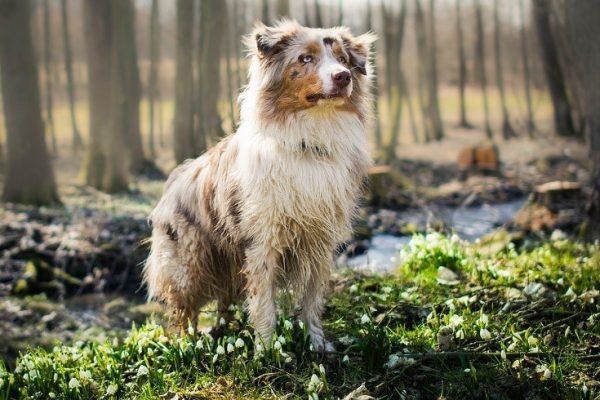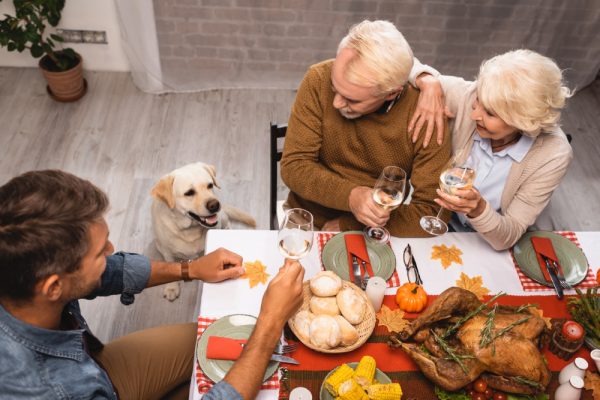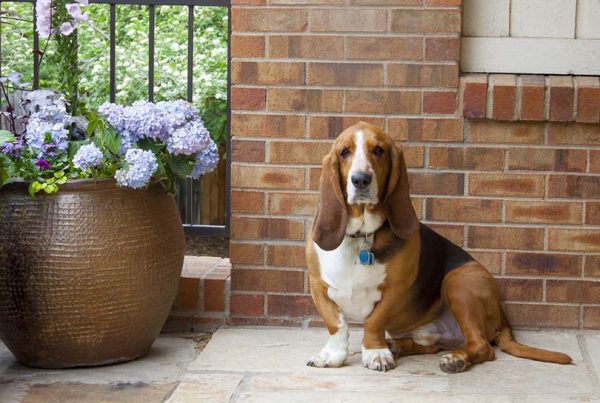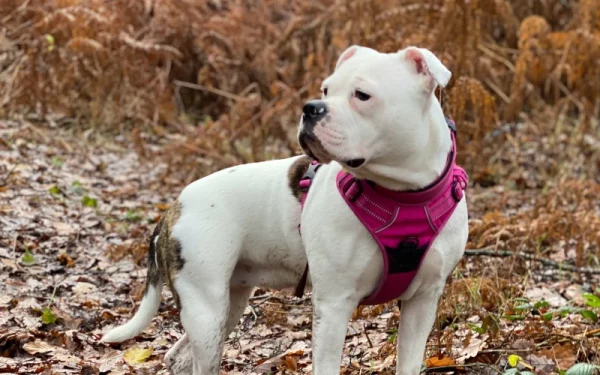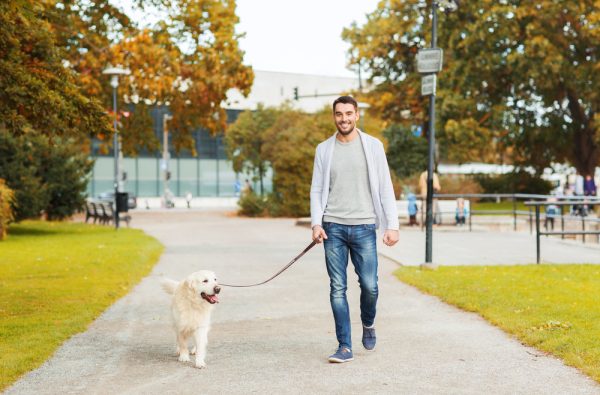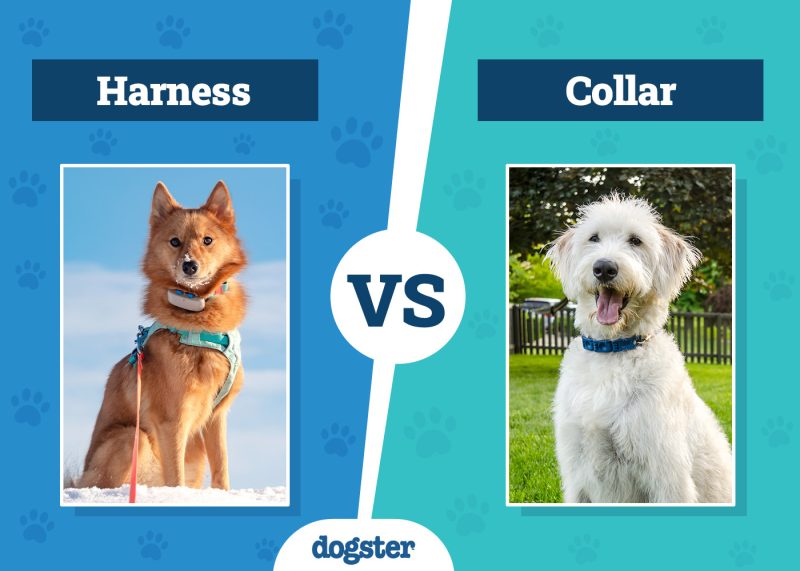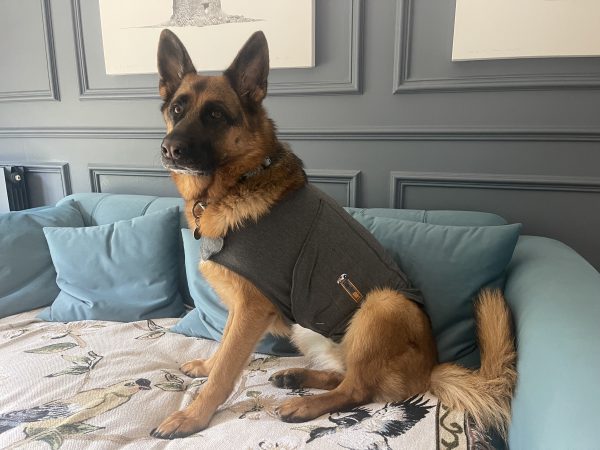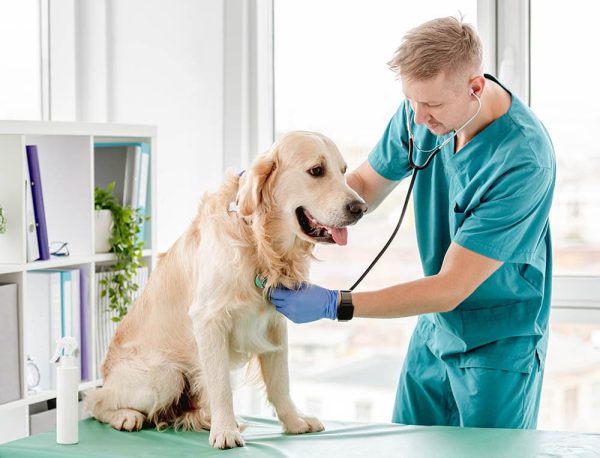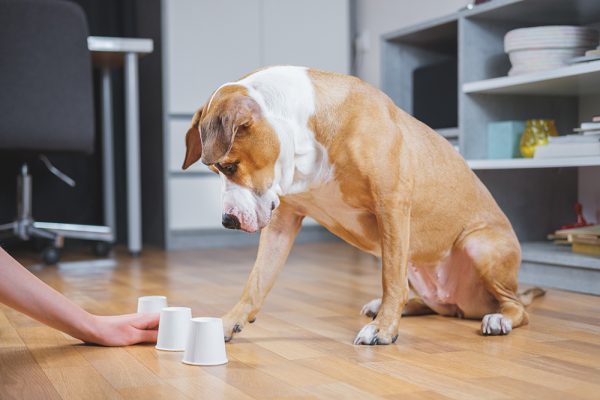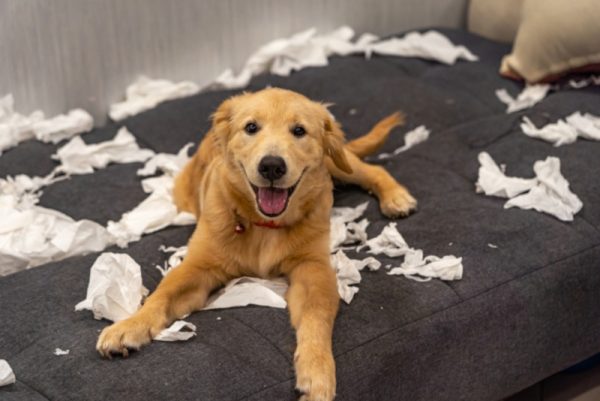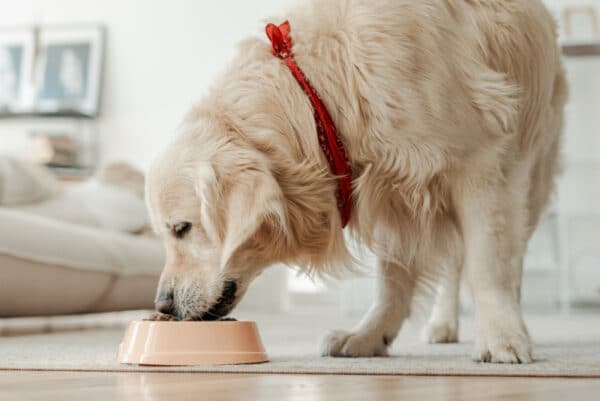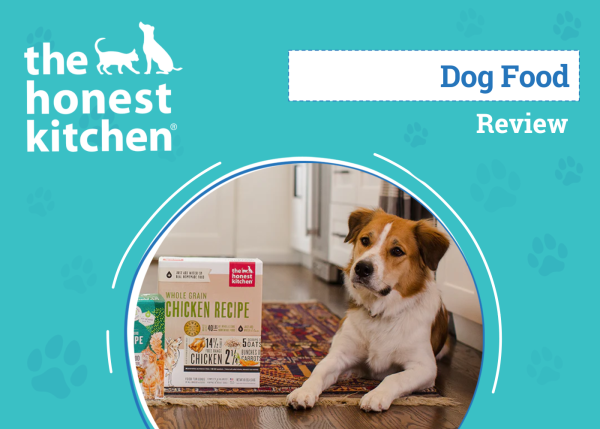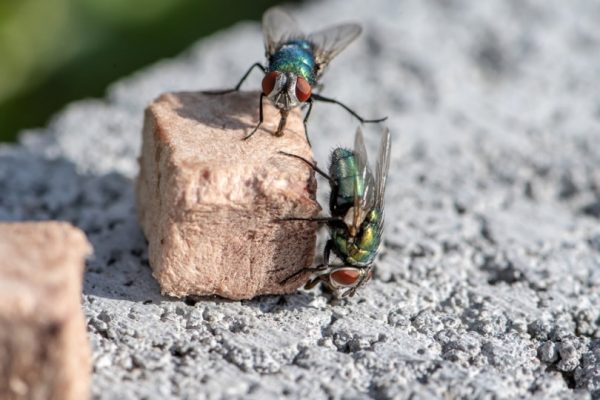In this article
One of the more dramatic situations we encounter in veterinary medicine is the curious dog who gets quilled by a porcupine. Most commonly we will see dogs get quilled over their face, muzzle, and front half of the body as they are chasing and/or trying to sniff a porcupine.
Dogs aren’t aware enough to know that they shouldn’t get close to these spiky little animals. While this is most commonly seen in hunting dogs, dogs who live on or have access to large plots of land, or dogs who live in a rural setting, this situation may even occur as you hike at your favorite park. It’s very important that if this occurs, you take immediate action at a veterinary clinic – let’s discuss why.

What to Know About Porcupines and Quills
Porcupines are slow-moving animals that can sometimes weigh upwards of 40 pounds. While porcupines are not aggressive by nature, they will defend themselves, their dens, and/or their offspring if they feel threatened. Your dog chasing and sniffing a porcupine is sure to cause them anxiety, and this is often when they will use their quills to defend themselves. Your dog will get quilled by contacting the quills on the body, or if the porcupine swings their tail and makes contact with your dog.
Quills are firm and sharp, with the ability to penetrate not only the skin, but also the underlying muscle, tissue, and into body cavities. The quills can also carry bacteria, potentially causing infection and adding another layer of trauma to this situation.
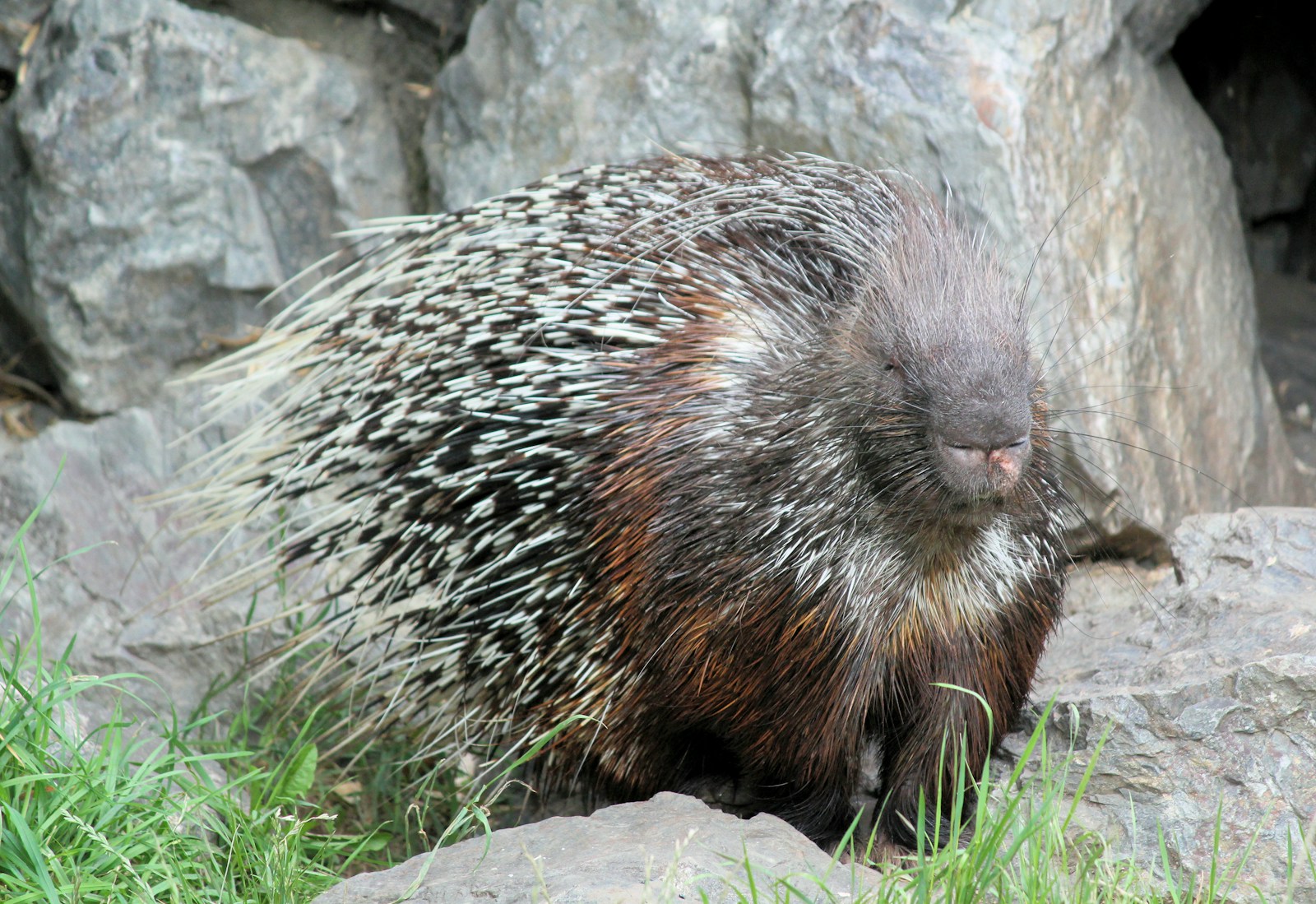
Here’s What to Do If Your Dog Was Quilled by a Porcupine
1. Help Prevent Your Dog from Rubbing
If your dog gets quilled in the face, you need to prevent them from rubbing with their feet, on the furniture, or on the ground. Any additional rubbing, pressure, and trauma to the areas that are quilled will only cause more damage. Immediately place an e-collar (cone) around your dog and keep your dog as calm as possible to try and reduce any additional trauma.
2. Bring Your Dog to the Nearest Emergency Veterinarian
This emergency veterinarian will need to either anesthetize or at minimum heavily sedate your dog to remove the quills. Your dog will then go home on a course of antibiotics and pain medications.
Did you know you can speak to a veterinarian without having to travel? Just head over to PangoVet. It's an online service where you can talk to a vet online and get the advice you need for your pet — all at an affordable price!

3. Your Dog Will Need to Rest While Healing
Even after removal, your dog will need to be kept inside, their exercise will need to be restricted, and they will need to be kept in rest while they heal. There will be significant tissue trauma associated with getting quilled, and you will need to monitor your dog for any visible or systemic damage. This will also help to prevent infections, you will have to make sure the dog does not lick or scratch the injury sites.

What NOT to Do
1. Do NOT Attempt to Remove the Quills at Home
Getting quilled is extremely painful. Attempting to remove quills at home is not recommended as the quills might break and pieces will migrate deeper into the skin, causing further complications such as infections or abscess formation. Trying to do this by yourself might lead to causing more damage to your dog, and potentially you during the struggle. Not to mention that it’s inhumane to attempt this without aggressive pain medications.
2. Do NOT Just Leave the Quills in Place
Do not leave the quills alone and hope that they fall out. The quills need to be manually removed under sedation ASAP by a veterinarian. They will not work themselves out of the skin and tissue. This is because of tiny barbs on the quill that hold onto the tissue like little fish hooks. Leaving the quills in place will only cause significant trauma not only to the tissue that has been quilled, but also put your dog at risk for systemic infection.
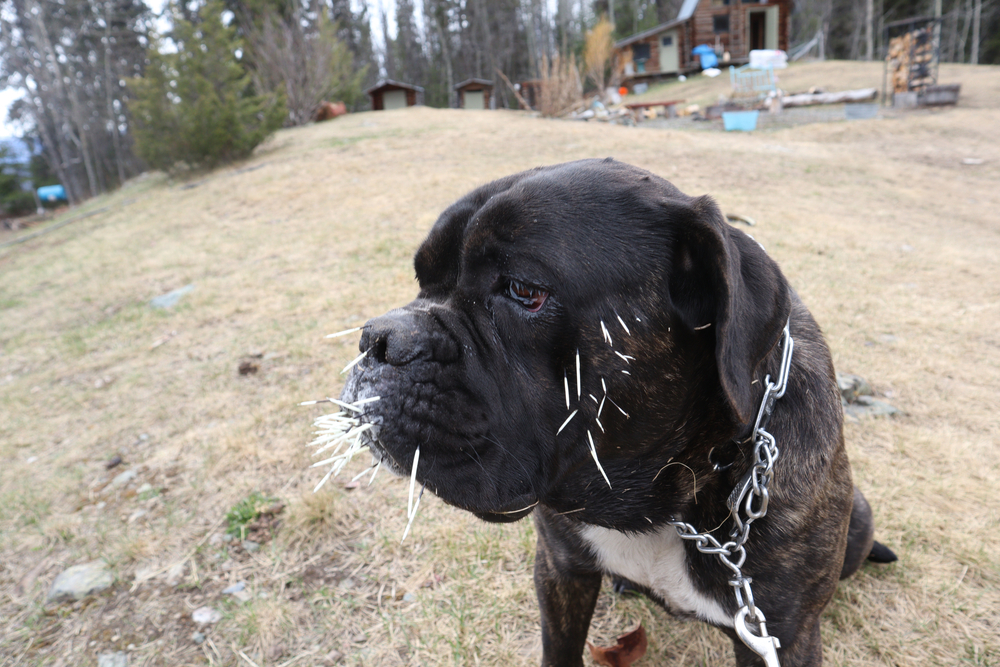
3. Do NOT Try and Watch “Do It Yourself” Videos Online
If you’ve made it this far in the article, hopefully, you understand how important it is to have your dog seen by a veterinarian for this issue. I can only stress this more by encouraging you to not watch do-it-yourself videos online on how to remove porcupine quills. Trust me when I say this is painful and your dog will need sedation, heavy pain medications, and antibiotics.
4. Do NOT Cut the Quills
Cutting the quills can actually cause the shaft or body of the quill to splinter. This will then make it that much more difficult to remove the quills. In addition, if there are any splinters that get left embedded in the tissue, this can cause further trauma, infections, and potentially abscess formation.

Can My Dog Die from Getting Quilled?
Unfortunately, yes. Quills are extremely dangerous. They can penetrate deep into tissue, and even penetrate through to the thoracic or abdominal cavity. Your dog can even have a quill penetrate through their eye(s) and into their brain. If your dog had quills that penetrated into a body cavity, they will likely need to be transferred to a Veterinary Hospital or a Specialty Hospital for advanced care as internal organs may have been damaged. If any remaining quills or quill pieces migrate, this can set up system infection and/or damage days or weeks later.
Are There Long-Term Complications?
Possibly. If one or multiple quills splinter, pieces may remain in the tissue or even migrate long after all of the other quills have been removed. Even if put on antibiotics, your dog may still develop abscesses or even a systemic infection from the quills.

Conclusion
Getting quilled by a porcupine is a traumatic situation that your dog may experience. We see this most often in hunting dogs and/or dogs who live in rural areas. It’s important to know that quills can cause major damage. Each quill has tiny little barbs on it, causing it to grab onto the tissue and holding them in place. Because of these barbs, the quills will not naturally work themselves out. If your dog gets quilled, they will absolutely need to be seen by a veterinarian for removal. Your dog will need to be heavily sedated and have the quills removed.
Even then, sometimes the quills will splinter and portions are left within the tissue for days to months. Your dog will also need to be on aggressive antibiotics due to the high risk of infection. Keeping yourself and your dog calm while you drive to the veterinarian is important. Following removal, your dog will need to be kept quiet while they heal. Know that this is a very serious situation and your dog is at risk for internal trauma and injury, especially if not seen quickly by a veterinarian.
Featured Image Credit: Steve Oehlenschlager, Shutterstock


